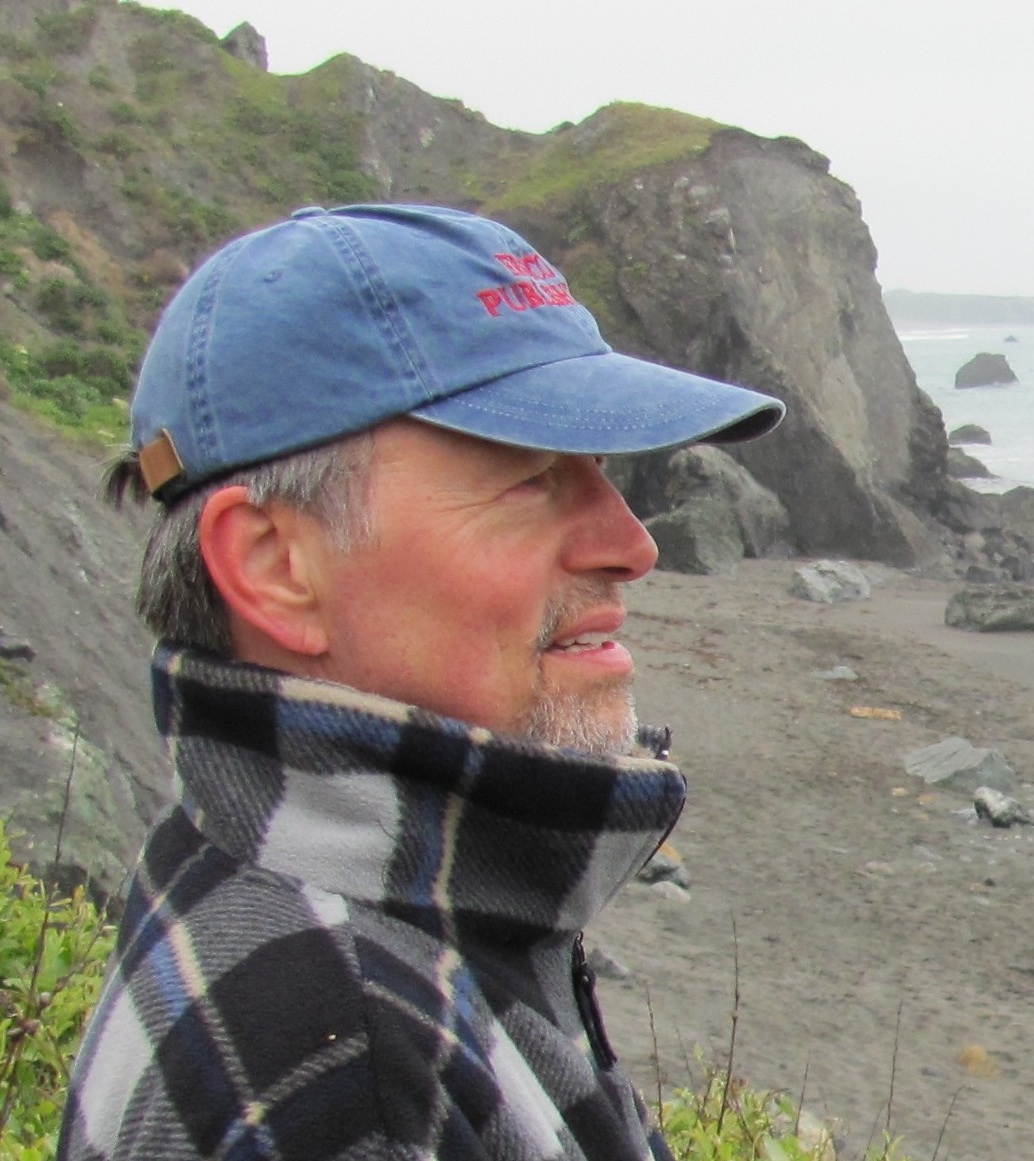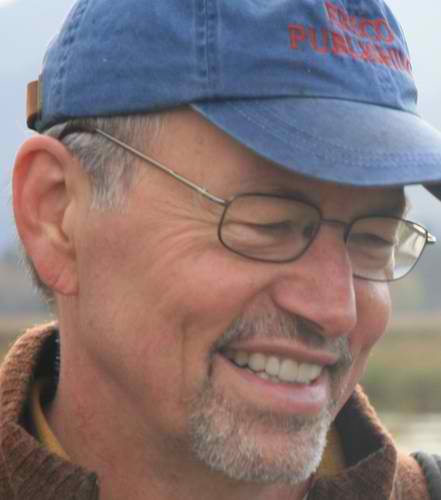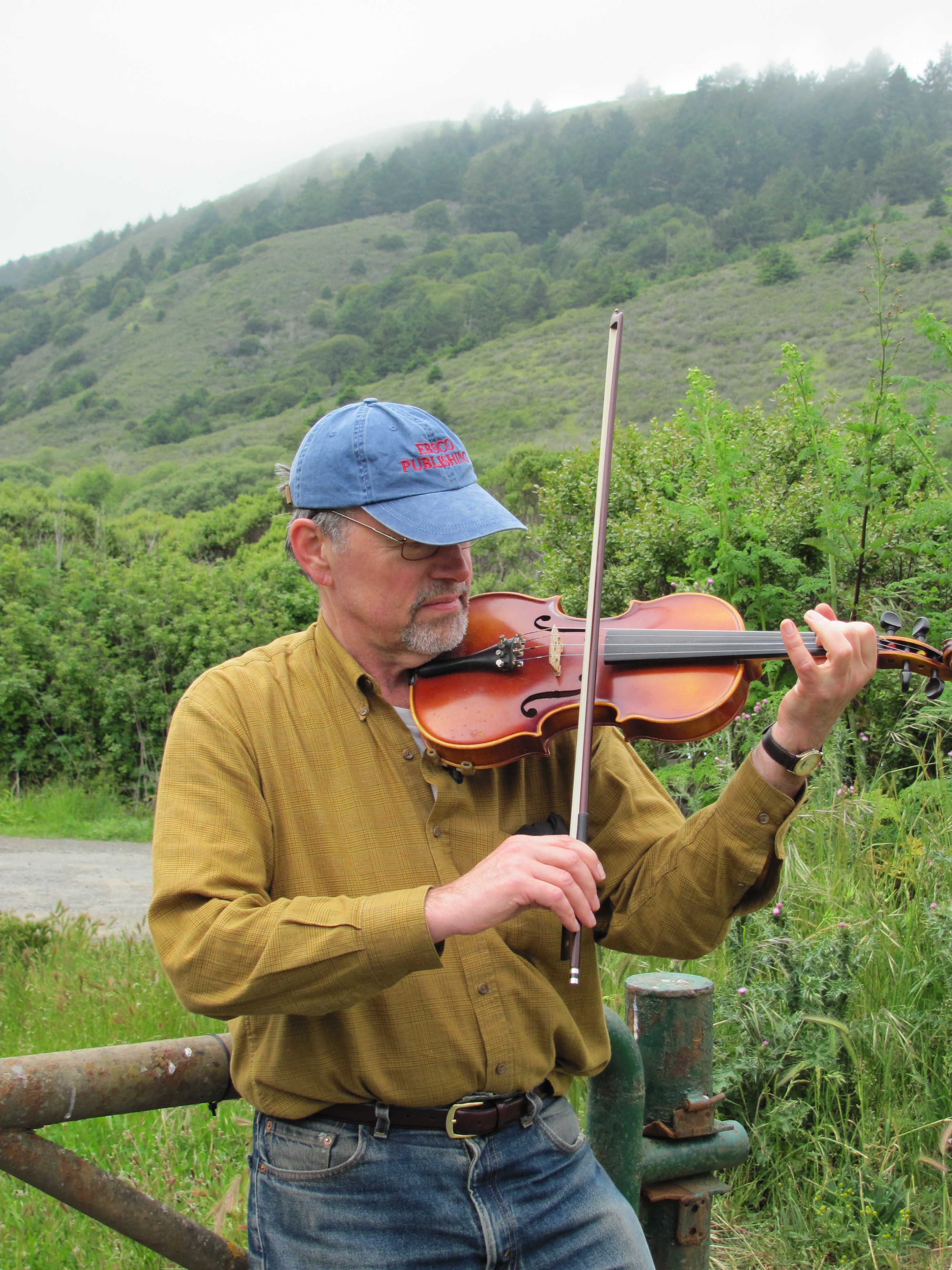Tackling the Twin Threats of Population and Consumption: An Interview with Robert Engelman
by Lisa Mastny | February 23, 2012

New Dream spoke with Robert Engelman, President of the Worldwatch Institute and a member of our Board of Directors, about the sustainability crisis facing the world today and why we need to address both population growth and rising consumption if we hope to bring about a more sustainable world.
Can you briefly describe your work with the Worldwatch Institute?
For several years I served as Vice President for Programs, which meant that I was generally in charge of our research work, along with institutional fundraising. Since the middle of last year I have been President of the Institute, following in the illustrious footsteps of founder Lester Brown and later Christopher Flavin. Worldwatch is among the world’s best known environmental think tanks. Our mission is to accelerate the transition to sustainable societies that meet human needs, working through research and communication that inspire action.
Worldwatch is a globally focused organization that focuses on a wide variety of issues. How does your area of expertise, population, factor into the many challenges that Worldwatch covers?
Of all the environmental organizations I know, Worldwatch has had the longest and most consistent history of identifying population growth as a major factor in environmental unsustainability and social injustice. After working as an environmental journalist for several years, and then for 15 years at a population and family-planning nonprofit, it felt like coming home to join the Worldwatch Institute in 2007. Our two most important thematic areas are food and energy, both of which clearly relate to the scale of human presence, i.e., population. I have the support of both the board and staff of the Institute to explore these connections to the extent I can find funding and time to do so. One of the most interesting and satisfying aspects of the population connection to sustainability is that providing one large group—women and girls—exactly what they themselves want—reproductive health and choice on their own terms—we move the world closer to environmental sustainability and social justice. It's hard to find another area of the environment where a statement like that can be made.
You recently published a book, More: Population, Nature, and What Women Want. What is the premise of the book?
Throughout human history, women have had a direct and personal interest in managing for themselves the timing of pregnancy, so that whatever children they have stay healthy and live to adulthood. Their objective is to have, in effect, not more children but more for each child. Long before the advent of modern contraception, women acted strategically to become pregnant only at the right time using, for example, the contraceptive properties of plants known for the purpose.
Particularly over the last 1,500 years, however, institutions emerging from the male assumption of political and cultural power have undermined women's personal management of the timing of their childbearing. As this has occurred, societies have become more demographically and environmentally unsustainable. But when it is reversed, humanity moves in the opposite direction. It is particularly important as we move through the environmental challenges of the 21st century that women be in charge of their own reproduction—without barriers, coercion, or cultural bias imposed by others. If all women had this capacity today, population growth would soon end.
How did you first get interested in environmental work, and specifically work on population and gender?
 I have loved being in nature as long as I can remember. Certain backpacking trips and long conversations with friends in my late teens and early twenties drew me to the idea that perpetual growth in human numbers and “mastery” over nature was both depressing and dangerous.
I have loved being in nature as long as I can remember. Certain backpacking trips and long conversations with friends in my late teens and early twenties drew me to the idea that perpetual growth in human numbers and “mastery” over nature was both depressing and dangerous.
Among the experiences that inspired me on population and gender were conversations and observations during nearly a year of travel as a journalist in Latin America after graduate school in the late 1970s. I wrote about poverty, social inequity, deforestation, resource scarcity, and child mortality. It was pretty obvious to me that these problems were interrelated and connected to population dynamics and the low status of women in the region. When I returned to the States and went into full-time newspaper reporting, I was always drawn to stories that shed light on how these connections worked—and what people could do about them if they chose.
Can you briefly describe the relationship between population and consumption? Is it possible to address the consumption challenge without also addressing population growth?
In its environmental impact, the problem of consumption is an expression of population size. If there were only a few million human beings on the planet (as there were for tens of thousands of years), it would rarely matter, at least globally, what we consumed. Because we are 7 billion, even relatively modest levels of resource consumption can endanger the environment.
Making this situation much more hazardous is the fact that consumption is grossly unbalanced, with a quarter or so of the world’s population consuming more energy and other key natural resources than the remaining 75 percent. It’s best to work on both population and consumption together, but it is not essential always to do so. The main point is to make continual progress in both areas, because the growth of both population and individual consumption will need to end soon for any hope of global sustainability.
One of the Worldwatch’s main research programs is called “Transforming Cultures.” What does this mean exactly, and how does the organization go about doing this?
A few years ago, then-senior researcher Erik Assadourian hypothesized that a real shift toward sustainability requires a global shift in human behavior that can neither be legislated by governments or accomplished through individual voluntary action. Erik observed that most modern culture thinks of people as consumers and in multiple ways encourages consumption as a way of living a more fulfilling life. He hypothesized that a powerful way to leverage sustainability would be to engage such major institutions as schools, the news media, and faith institutions to foster cultures of sustainability rather than of consumption. It was a powerful concept that won the support of the Worldwatch board and staff and produced a successful edition of our book series, State of the World, in 2010.
Eric and a number of colleagues with whom he engaged on the project continue to pursue ways to transform cultural inducements toward consumption. Among his latest efforts is a scenario that he and a colleague designed for the popular board game "The Settlers of Catan" that teaches players—while they enjoy a fun, non-electronic game with friends—about the difficult tradeoffs involved in using fossil fuels.
In your view, what are the most effective ways to empower people to make the “right” choices as consumers? Are there particular steps you take in your personal life to minimize your consumer footprint?
Information, education, good stories, and fun are among the most important tools. I believe the best way to shift behavior in sustainable directions is to demonstrate how satisfying it is and how rich life can be lived sustainably, especially when people begin to understand for themselves that this is leading the world away from serious dangers. In my own life, I find it fairly easy to have a comfortable and satisfying life that in certain areas is probably less environmentally impactful than for the average in my age or income group, at least in the United States.
My wife and I make something of a game of minimizing waste and energy use in our home in and our transportation. We find it rewarding that our daughter, too, finds this game appealing after having left our home. On the other hand, I fly fairly often, so I have no illusions that I am any more sustainable overall than most Americans. I’m not happy about this, and do what I can to minimize my travel, but I do not agonize about the fact that not all of my behavior can match my ideals.
One of the problems we face in 2012 is that it is all but impossible for one person to live in the world as it is and really be environmentally sustainable without being extremely poor. I prefer to believe, at least for now, that we do not need to be poor to move toward sustainable ways of life. We can work, with some sweat and a smile, to find ways that society as a whole can learn from humanity’s predicament and shift toward much lower scales of impact on the world.
Which do you see as more effective in bringing about social and environmental change—changes in policies and legislation, or changes in individual behavior?
 Policy and personal behavior have to work hand in hand. There is no way to change policies without changing individual beliefs and behaviors. On the other hand, it would be naïve to think that we will get very far toward true sustainability based on voluntary action by individuals. What's needed is to grow the public’s understanding of how dangerous our situation is, how much more satisfying life is lived lower on the chain of consumption and energy use, to the point that natural incentives are built into governments, taxation, and culture for reducing footprints and finding more satisfaction in the resources that are infinite rather than limited.
Policy and personal behavior have to work hand in hand. There is no way to change policies without changing individual beliefs and behaviors. On the other hand, it would be naïve to think that we will get very far toward true sustainability based on voluntary action by individuals. What's needed is to grow the public’s understanding of how dangerous our situation is, how much more satisfying life is lived lower on the chain of consumption and energy use, to the point that natural incentives are built into governments, taxation, and culture for reducing footprints and finding more satisfaction in the resources that are infinite rather than limited.
What advice would you give to someone seeking to create change at the community level?
Educate, organize, walk the talk, and be fun to be around. Work with your neighbors, your local government, and the news media. Write, make videos, be artistic. Consider meditation. Spend time in nature. Read and discuss what you’re reading with your friends and neighbors. Model for others the excitement of promoting sustainability at an important moment in human history.
You’ve been a member of the board of the Center for a New American Dream for many years. What drew you to New Dream, and what role do you see the organization playing in addressing the kinds of challenges you discussed above?
Twenty years ago or so, I was invited to a planning group meeting for the conference that led to the creation of New Dream. I was working on population and the environment for a family-planning nonprofit and wanted to gain some balance in my work aimed at slowing population growth. I believed that consumption also mattered critically and wanted to find avenues for helping address it.
New Dream has done a good job over the years of framing consumption as a concept and illustrating ways that it is often unsustainable. It is respected for its long history and has a reach and impact that are out of proportion to the size of its board and staff. It can and should engage with other organizations in the long process of education, organization, and policy change—and, eventually, whole new structures of community, culture, and governance that move the world rapidly toward real environmental sustainability and social justice.
Robert Engelman is President of the Worldwatch Institute, an environmental research organization based in Washington, D.C. He is the author of the book More: Population, Nature, and What Women Want (2008) and has written dozens of articles about population’s connection to environmental change, economic growth, and civil conflict. Bob is the former Vice President for Research at Population Action International, a former newspaper reporter specializing in science and the environment, founding secretary of the Society of Environmental Journalists, and a board member of the Population Resource Center and Nova Institute. He received his M.S. in journalism from Columbia University and his B.A. from the University of Chicago.

